What is membrane curvature?
What is membrane curvature? Membrane curvature refers to the physical bending of membranes to accommodate various cell morphology changes as well as the formation of membrane-bound transport intermediates like spherical vesicles or tubules. As membranes are inelastic and resistant to spontaneous bending, membrane curvature [...]


